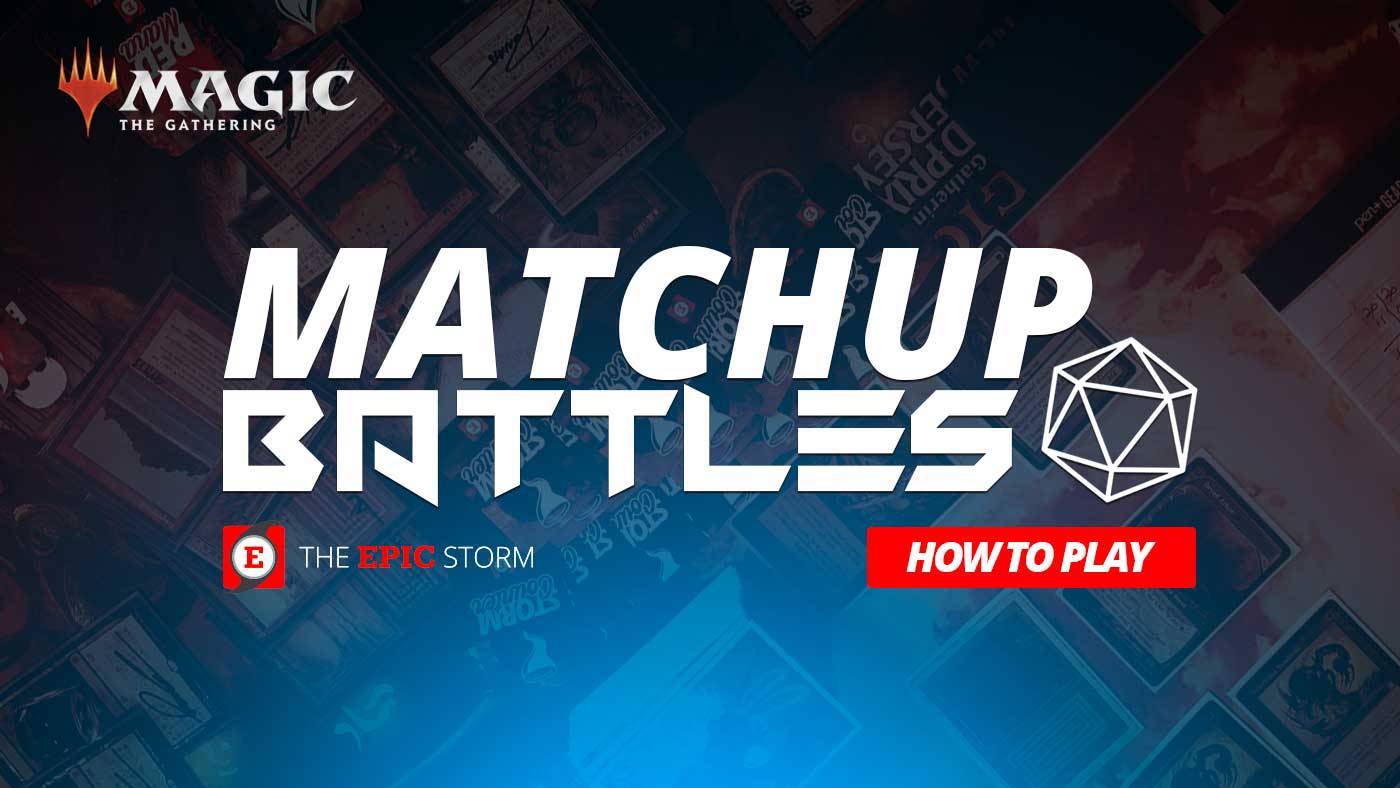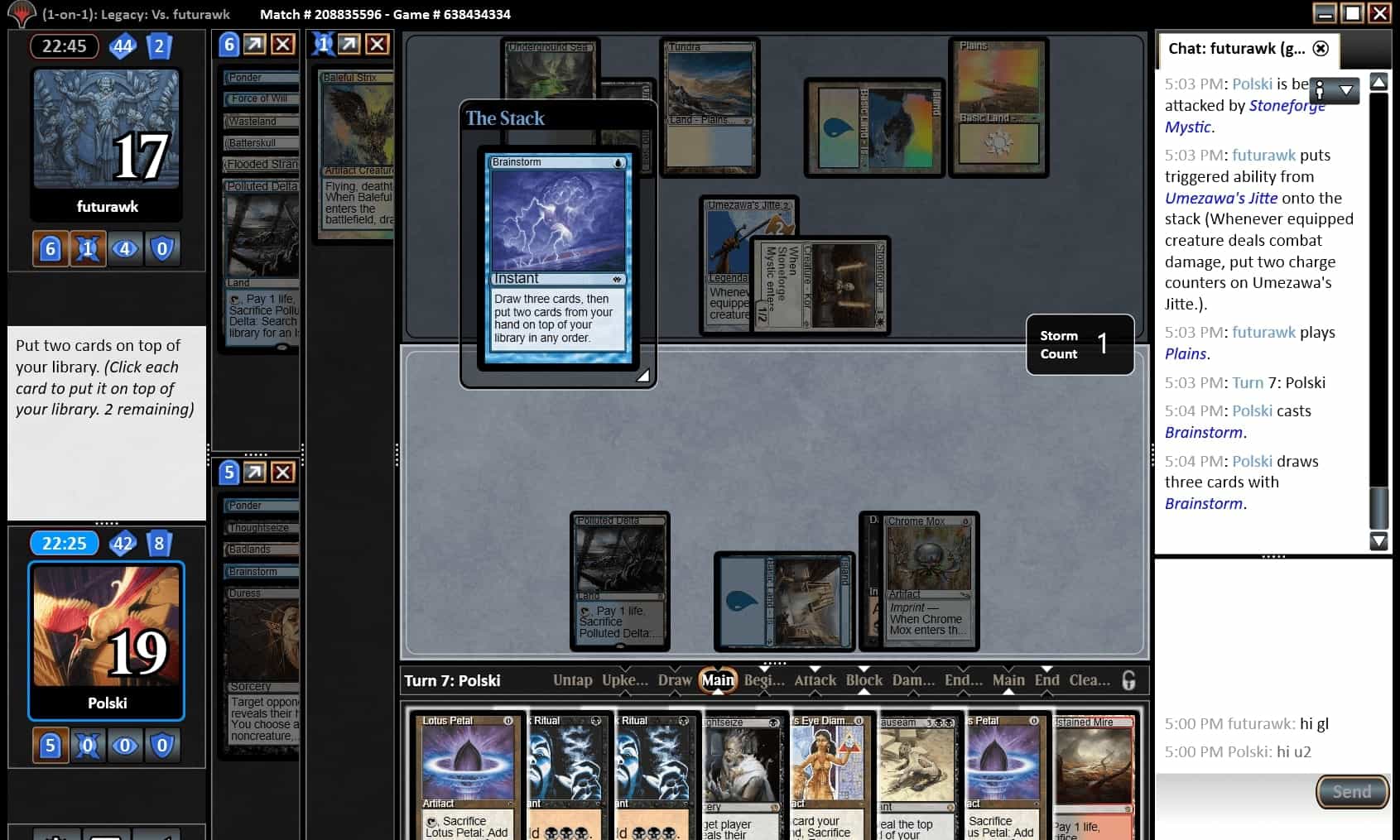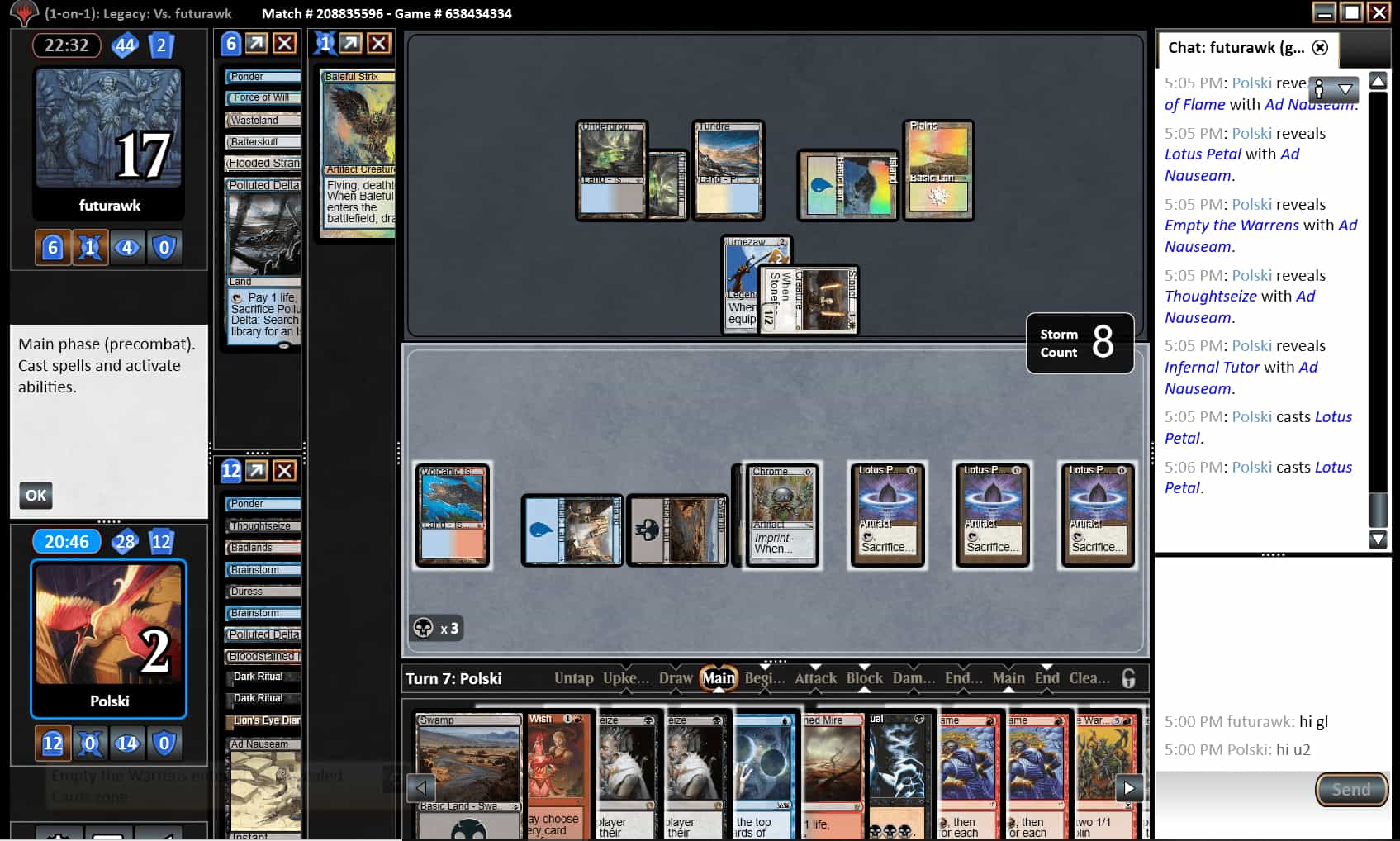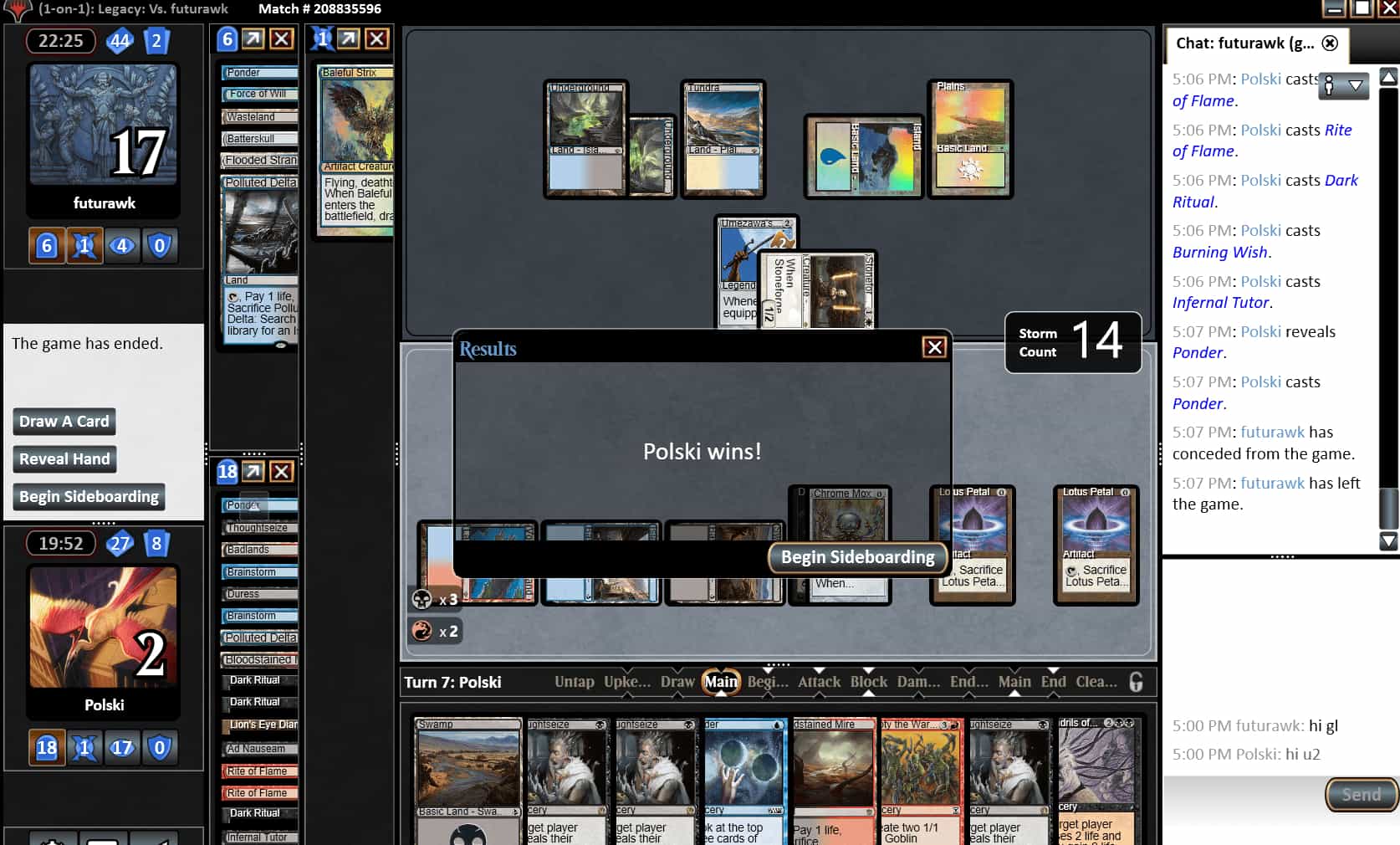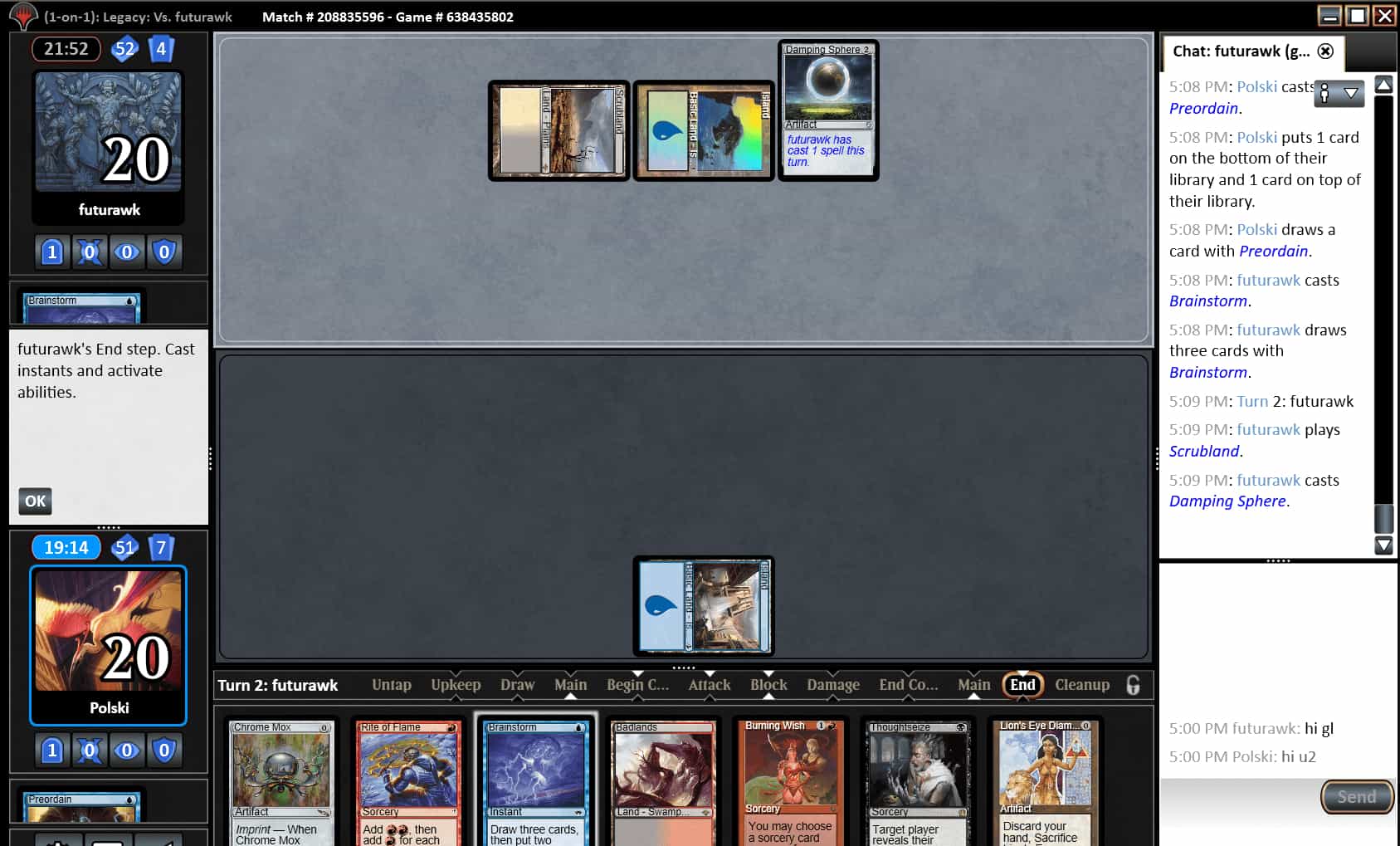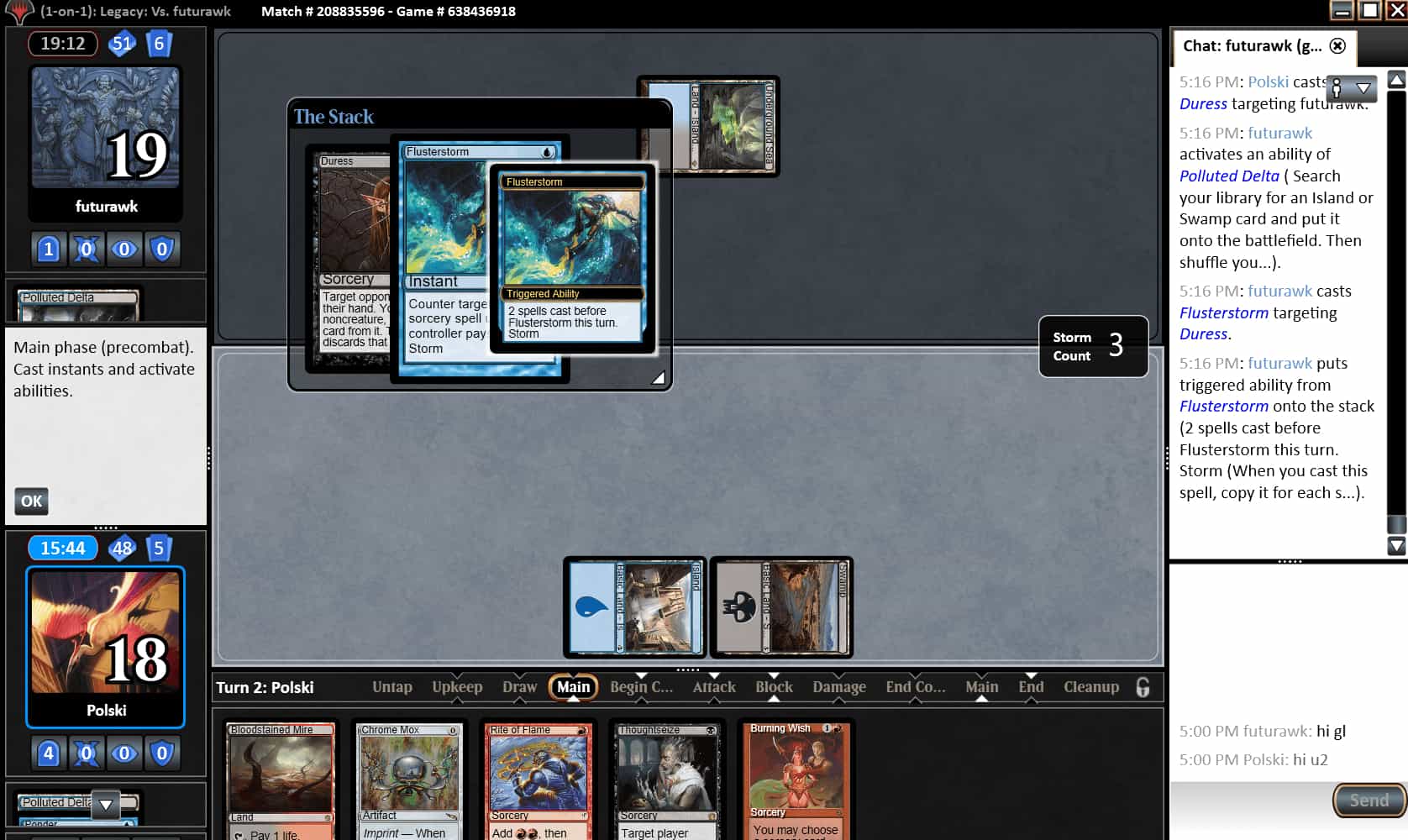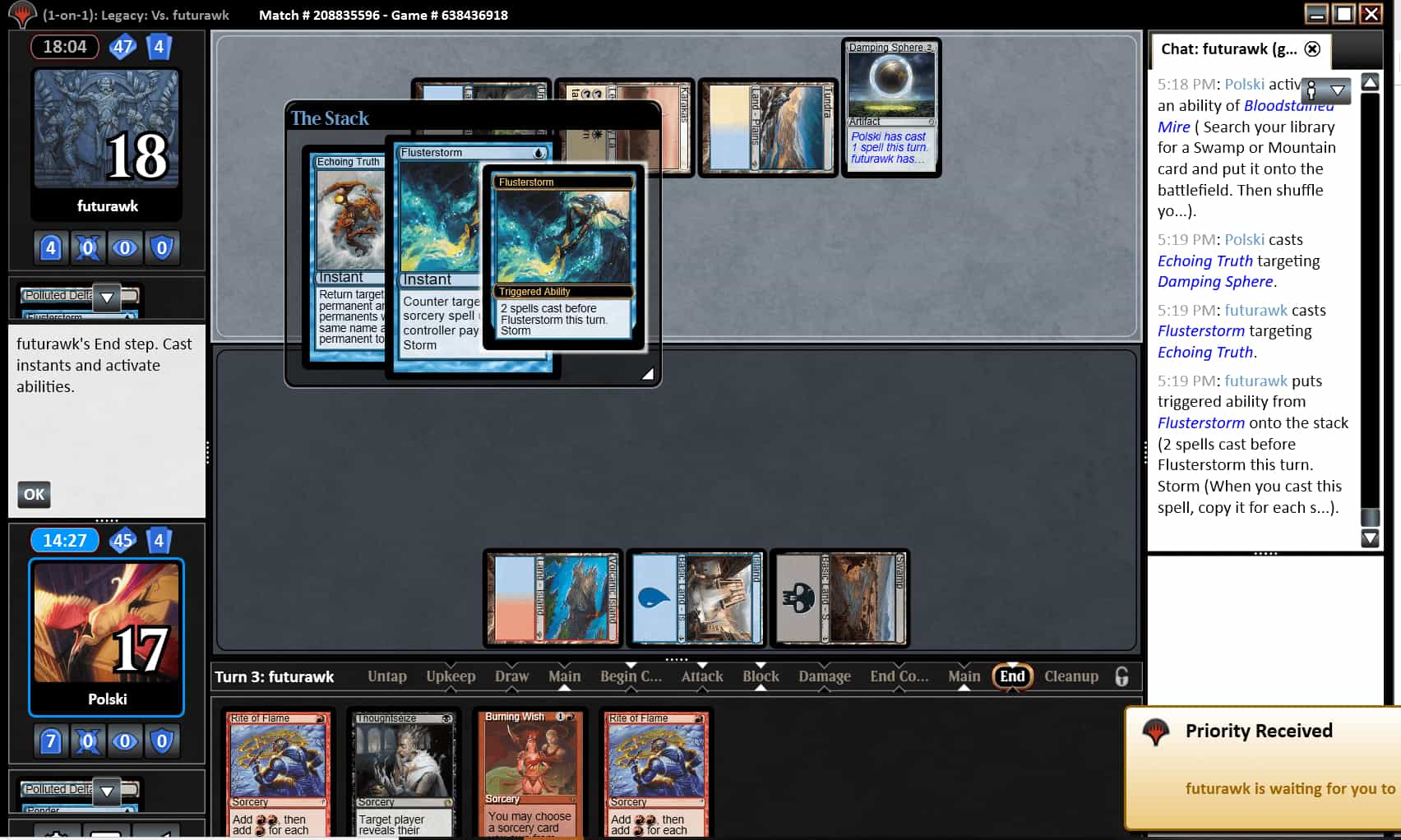Esper Stoneblade and other Stoneblade variations have been around for a long time ever since the printing of Stoneforge Mystic and Jace, the Mind Sculptor. It has gone through waves of success from being one of the best decks, down to pretty bad, and then back up to good again. Because of the recent bannings over the past year or two, especially Deathrite Shaman, there is more of a reason to play fairer UW Midrange decks, and Stoneblade has filled that role. Esper Stoneblade is a midrange deck that tries to abuse Stoneforge Mystic and some of the most powerful equipment printed, like Batterskull and Umezawa’s Jitte. It tries to disrupt the opponent using counterspells in combination with discard spells. Because they are a blue-based deck they can often shift their role from being aggressive or midrange, to being pure control with cards like Jace, the Mind Sculptor. Stoneblade is an archetype with many flavors ranging on the aggro-control spectrum, with cards like Delver of Secrets to be aggressive or Jace, the Mind Sculptor for control. As of late, Esper Stoneblade has been the more commonly played deck online. For us storm players it is important for us to understand this matchup and what the opponents game plan is when facing us.
How does Esper Stoneblade matchup against TES?
Stoneforge Mystic, Umezawa’s Jitte, Batterskull, Toxic Deluge – While typically these cards don’t sound that great vs storm it does cut off one of our main avenues of winning, Empty the Warrens. Sometimes you can overrun them or put them to a low life total before an equipment comes down and it can be good enough, but often I try to avoid Empty the Warrens in this matchup because of this package being able to gain a bunch of life or kill off our tokens. You can use a discard spell post-Stoneforge Mystic to take the equipment, and then go for Empty the Warrens, but those types of games are rarer, so I don’t rely on it. Stoneblade also tends to run at least one variant of a wrath effect whether it’s Toxic Deluge or something else. This is another strike against goblins, so there is just too much risk.
Force of Will, Flusterstorm, Spell Pierce – Like all other blue decks, it comes with a suite of counterspells. Something we are all familiar with and will be the primary angle that we will have to beat as it is their main way of disrupting us. This is where having 8 discard spells really comes in handy.
Thoughtseize – One of the best ways to beat storm is to attack it from multiple different angles, and the black part of Esper Stoneblade helps accomplish that with discard spells. The combination of discard backed up with counterspells is a pretty good recipe for beating us. Discard is something we should all be used to playing against, and the same rules apply here. It’s kind of hard to play around, but the best thing we can do is to make sure when casting our cantrips to hide our most important cards on top of our library until we need them. This is a matchup where I see most players be sloppy when doing this. Because discard spells aren’t common out of base UW decks they don’t think about it and a random Thoughtseize goes on the stack and they lose. Stay focused and remember this is an axis that they can play on.
Wasteland – Not all variants play Wasteland, but a lot of them play at least a couple. With the rise of the Marit Lage decks, people are playing a couple copies. This is a card we should at least keep in mind and try to play around when possible. Not all hands give us access to play around, but if possible then we should. Don’t make your hand slower or awkward just to play around Marit Lage that you’re not even sure they’re playing, especially if they aren’t a Delver of Secrets deck. If they are leaning on a more controlling build then the chances of them playing Wasteland are lower.
Ethersworn Canonist, Meddling Mage – In the sideboard Stoneblade can play a wide range of anti-storm permanents like Ethersworn Canonist or Meddling Mage. This becomes extremely difficult to beat because it’s just one more angle that they can attack from, and makes us bring in sideboard cards that we don’t really want against typical blue control decks. The combination of Wasteland, discard, counters, and permanents is four different angles of attack and makes coming up with a game plan preemptively incredibly difficult since each game can play out differently. It is up to us to make sure our combo and our reactive cards, like discard and abrupt decay, line up with the disruption that they draw. These permanent based hate cards force us to respect the board a little more than we would like, and thus we need to bring in Abrupt Decay.
Deck List
Main Deck
- 4 Burning Wish
- 4 Infernal Tutor
- 4 Brainstorm
- 4 Ponder
- 4 Thoughtseize
- 4 Duress
- 1 Empty the Warrens
- 1 Ad Nauseam
- 4 Polluted Delta
- 3 Bloodstained Mire
- 1 Scalding Tarn
- 1 Underground Sea
- 1 Volcanic Island
- 1 Badlands
- 1 Bayou
- 1 Swamp
- 1 Island
